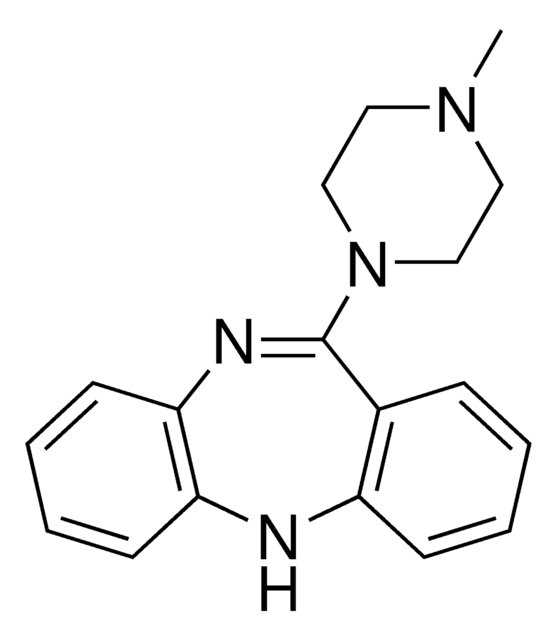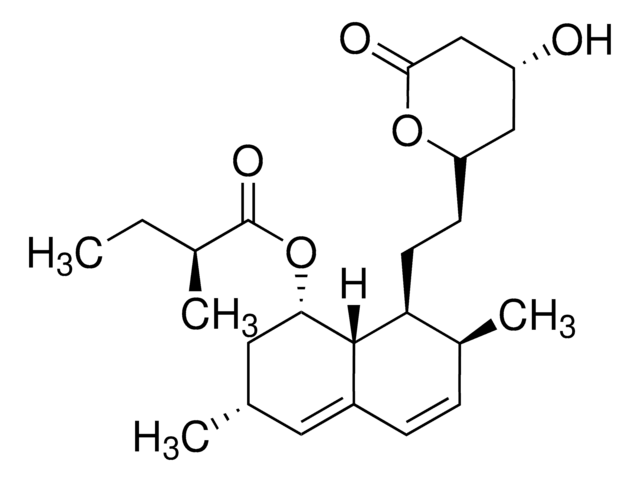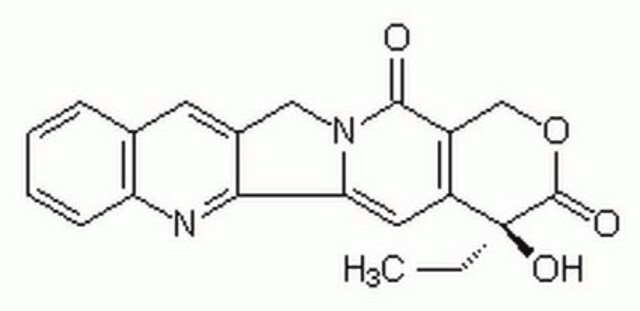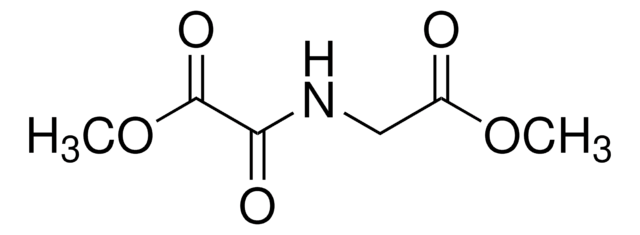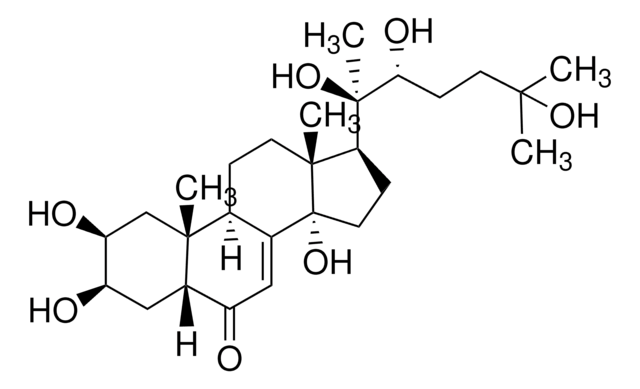M0253
L-Mimosine from Koa hoale seeds
≥98%
Synonym(s):
(S)-α-Amino-β-[1-(3-hydroxy-4-oxopyridine)]propionic acid, Leucenol
About This Item
Recommended Products
Quality Level
assay
≥98%
SMILES string
N[C@@H](CN1C=CC(=O)C(O)=C1)C(O)=O
InChI
1S/C8H10N2O4/c9-5(8(13)14)3-10-2-1-6(11)7(12)4-10/h1-2,4-5,12H,3,9H2,(H,13,14)/t5-/m0/s1
InChI key
WZNJWVWKTVETCG-YFKPBYRVSA-N
General description
Application
Biochem/physiol Actions
signalword
Warning
hcodes
Hazard Classifications
Acute Tox. 4 Oral
Storage Class
11 - Combustible Solids
wgk_germany
WGK 3
flash_point_f
Not applicable
flash_point_c
Not applicable
ppe
dust mask type N95 (US), Eyeshields, Gloves
Choose from one of the most recent versions:
Already Own This Product?
Find documentation for the products that you have recently purchased in the Document Library.
Customers Also Viewed
Articles
We present an article about how proliferating cells require the biosynthesis of structural components for biomass production and for genomic replication.
Our team of scientists has experience in all areas of research including Life Science, Material Science, Chemical Synthesis, Chromatography, Analytical and many others.
Contact Technical Service







